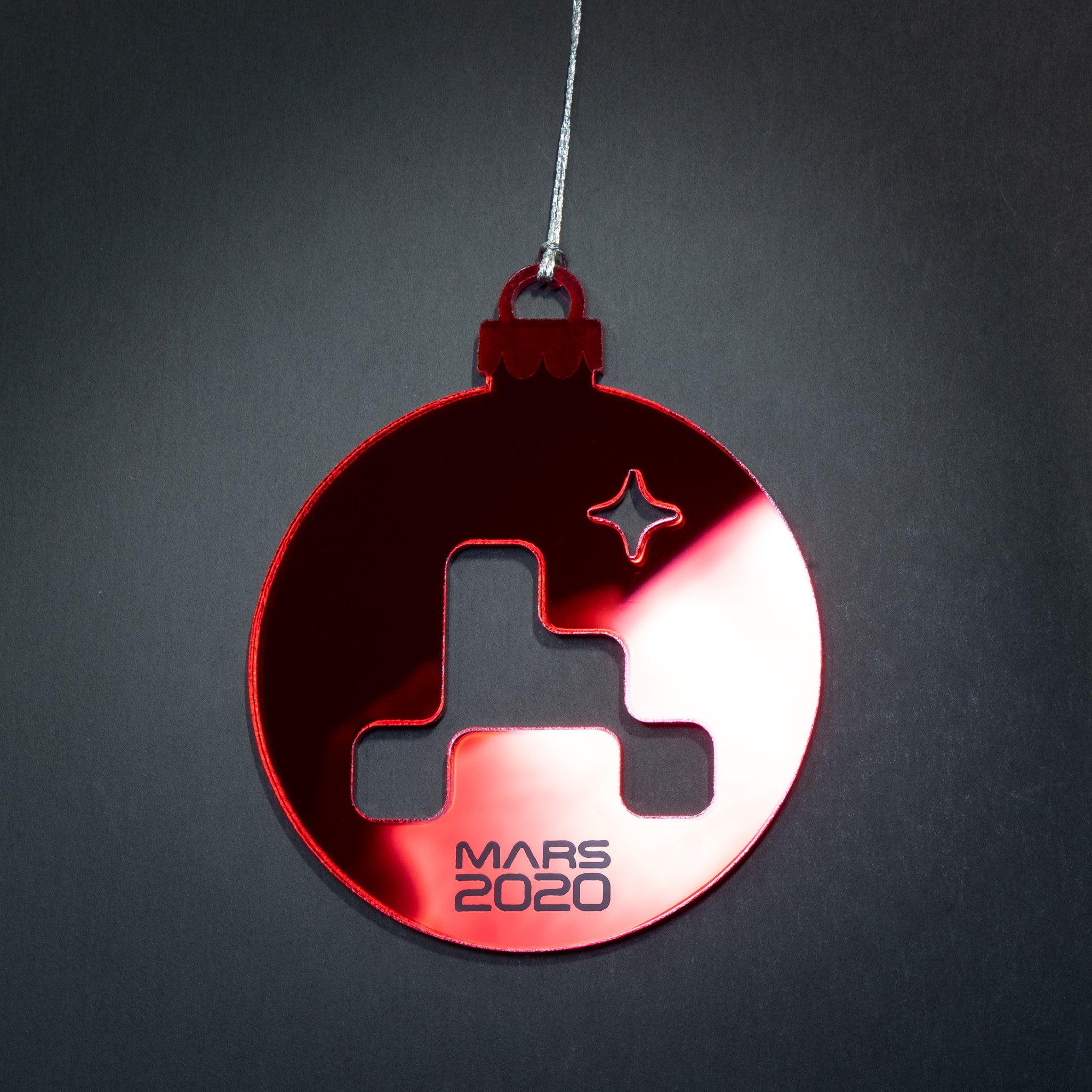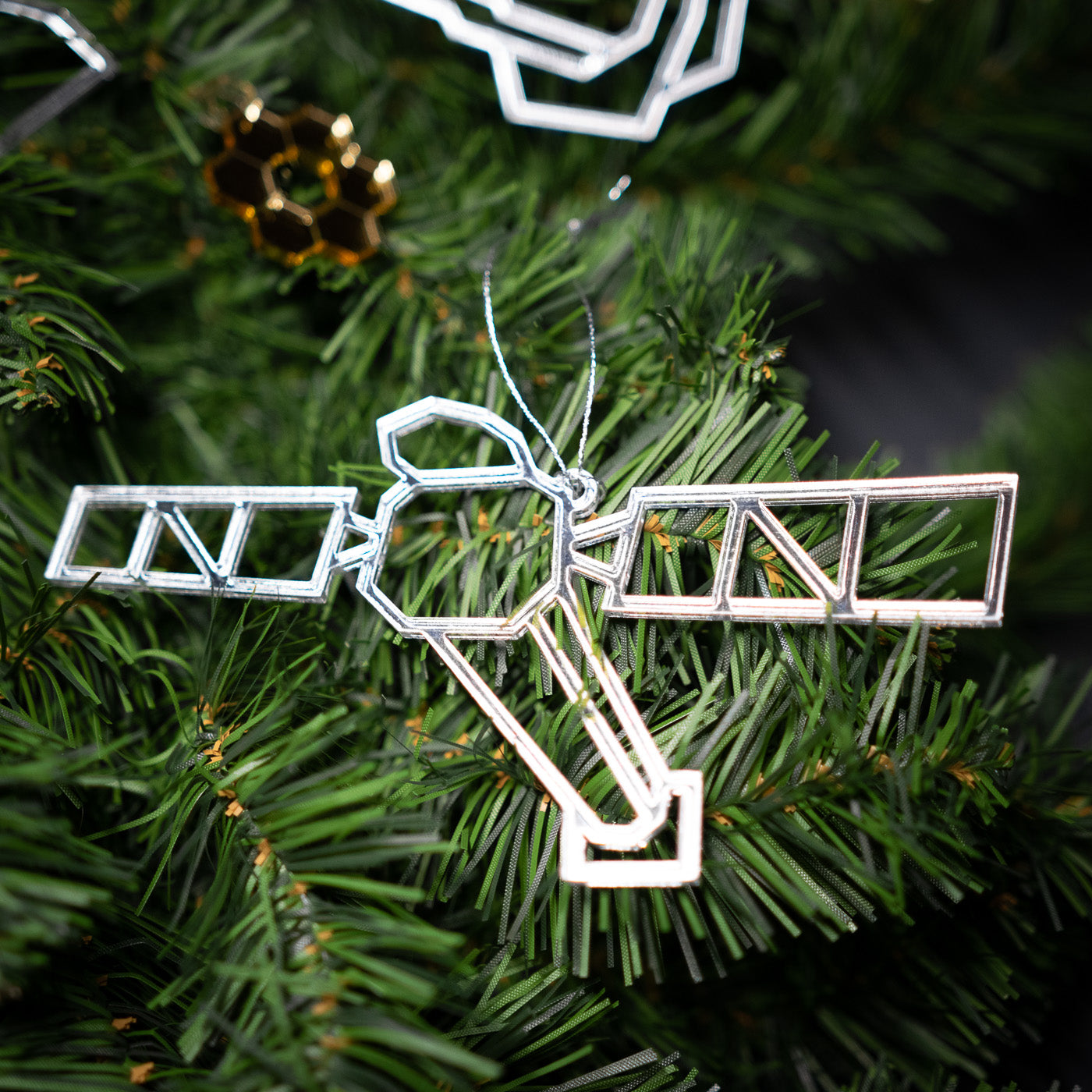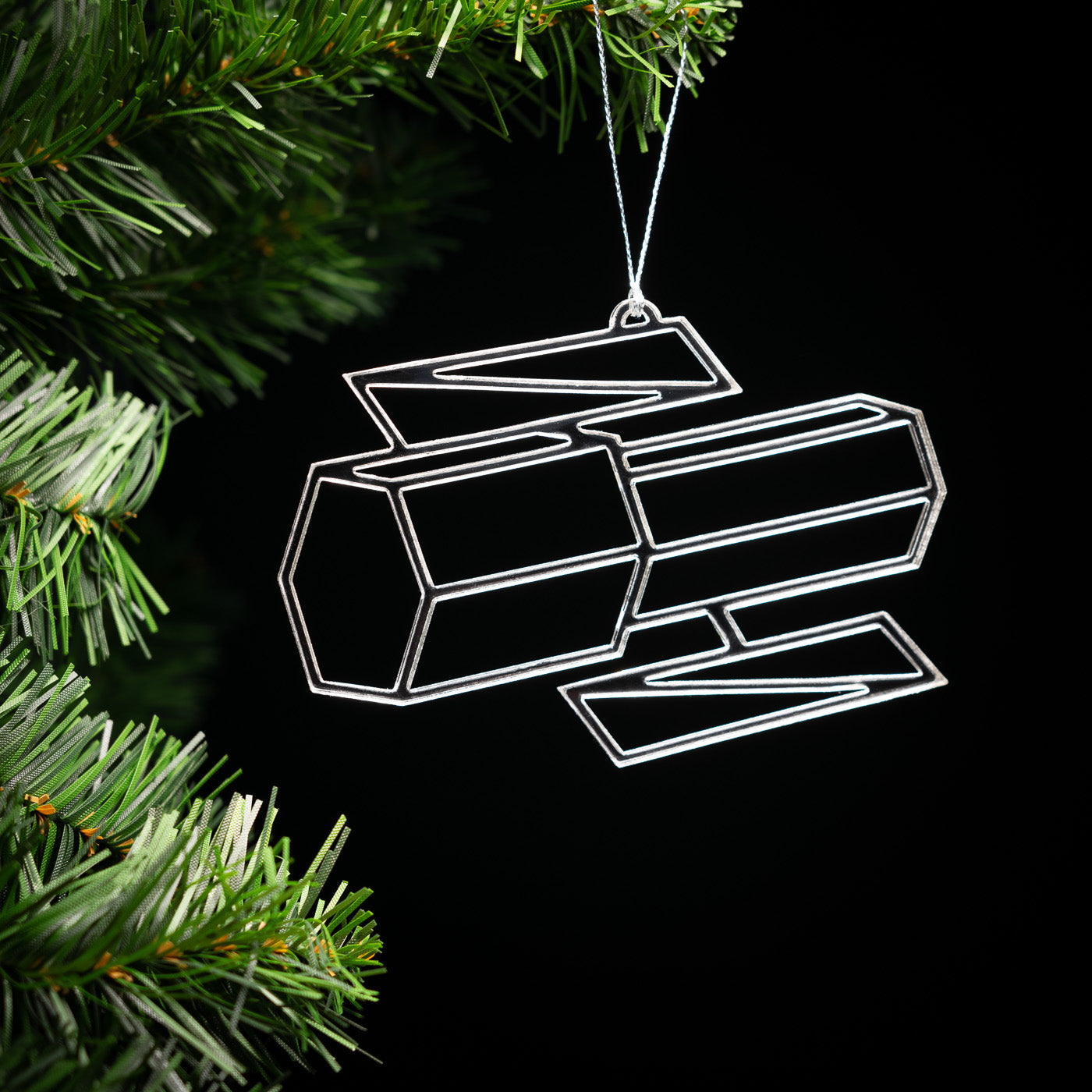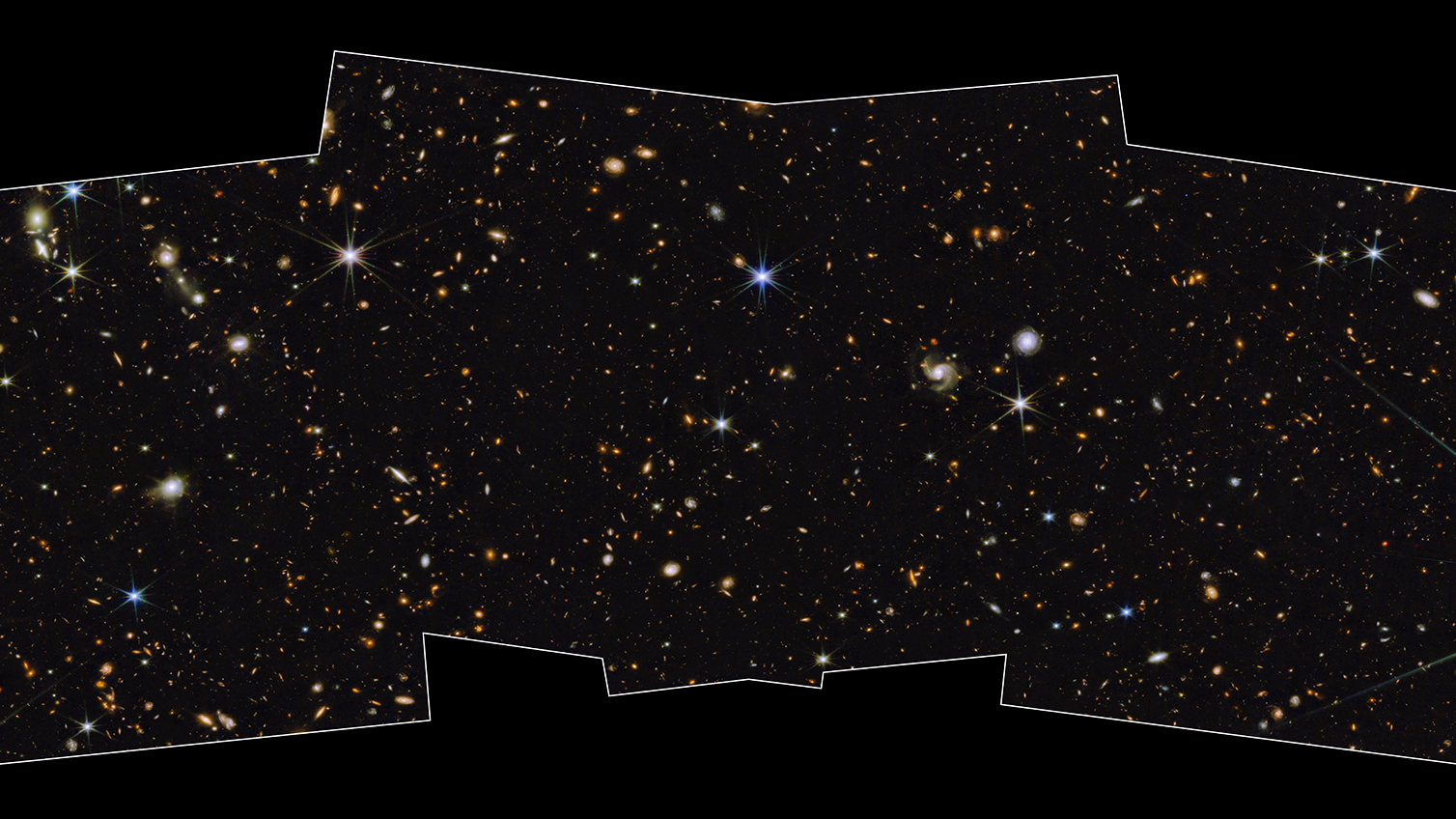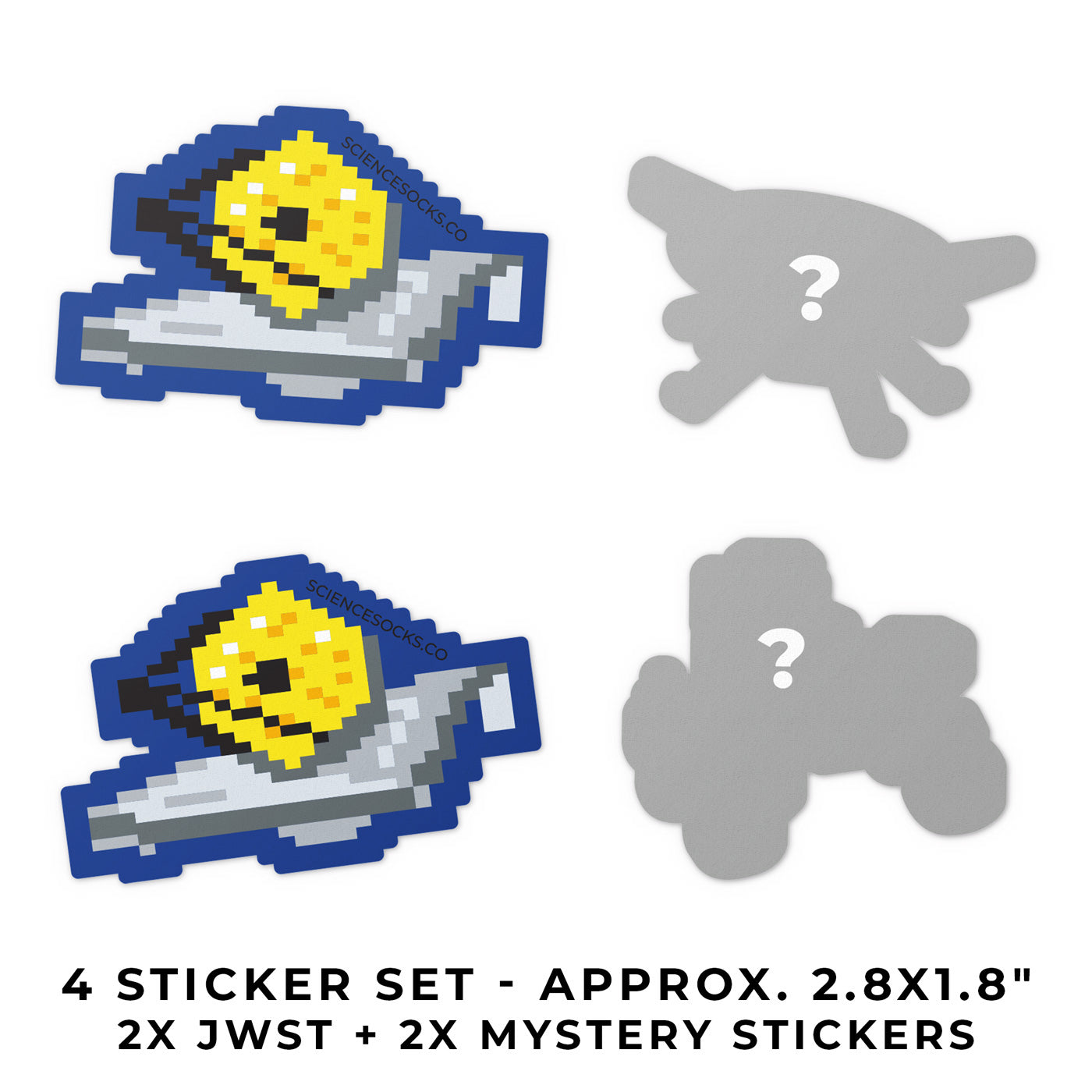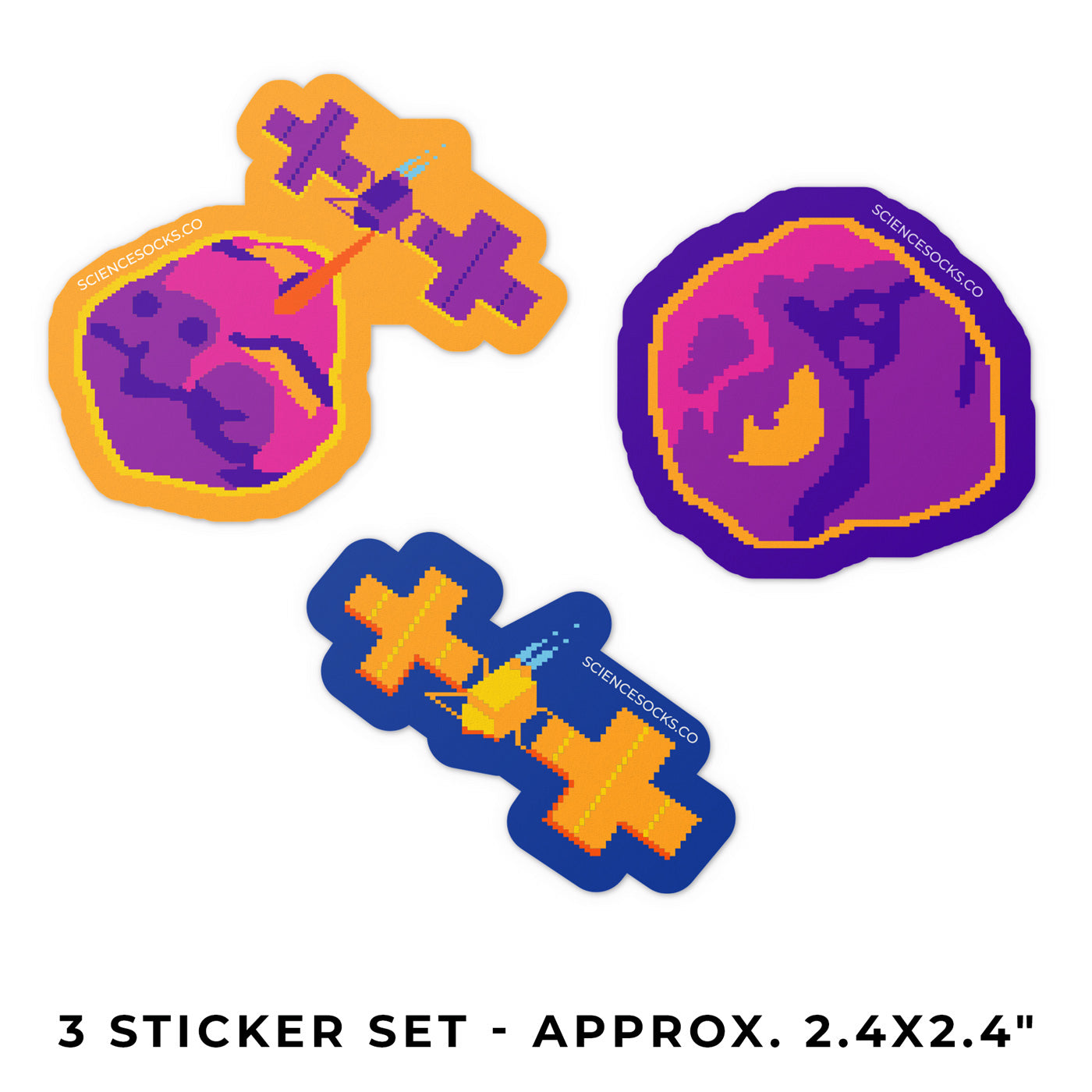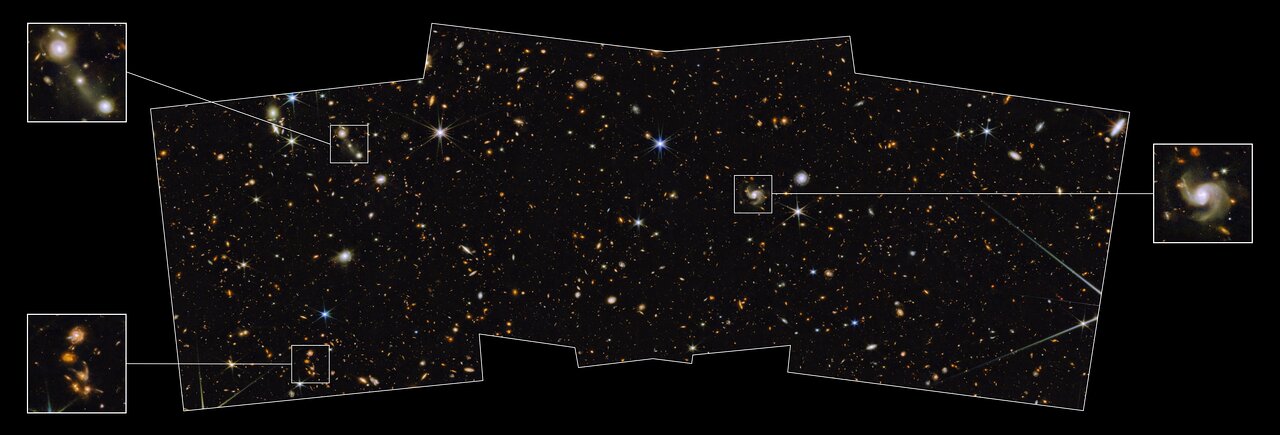The James Webb Space Telescope Feed
The most extensive source of information about James Webb Space Telescope. JWST Feed contains every single piece of data from the telescope, and is updating live every few minutes. Our goal is to make the full JWST data accessible for the public.
- Search
- Filter
- Feed
JWST's PEARLS: A new lens model for ACT-CL J0102−4915, "El Gordo," and the first red supergiant star at cosmological distances discovered by JWST
PEARLS: Low Stellar Density Galaxies in the El Gordo Cluster Observed with JWST Published: 3/8/2023 7:15:02 PM Updated: 3/8/2023 7:15:02 PM
Paper 1: The JWST PEARLS View of the El Gordo Galaxy Cluster and of the Structure It Magnifies Published: 3/7/2023 1:50:26 AM Updated: 3/7/2023 1:50:26 AM
PEARLS | NIRCam color images of the four known and one probable z = 4:32 systems showing resolved morphologies

JWST's PEARLS: TN J1338$-$1942 -- I. Extreme jet triggered star-formation in a $z=4.11$ luminous radio galaxy
PEARLS | Prime Extragalactic Areas for Reionization and Lensing Science: Project Overview and First Results

PEARLS | a new lens model for ACT-CL J0102-4915, “El Gordo”, and the first red supergiant star at cosmological distances discovered by JWST

PEARLS | Version of the same composite with additional explanatory markup. (Image credits as for the main image; composite with pull-outs by R. Jansen).

PEARLS | Nineteen objects and groupings of objects in the full image are highlighted to showcase the detail and variation in color and shape in both relatively nearby and extremely distant objects discernable in the first GTO target area within the JWST NEP Time-Domain Field. (Image credits as for the main image; composite with pull-outs by R. Jansen).

PEARLS | A swath of sky measuring 2% of the area covered by a Full Moon was deeply imaged with JWST/NIRCam in 8 filters and with Hubble in 3 filters that together span the 0.25—5 µm wavelength range. Most of this range is invisible to the human eye. For this color composite, the wavelength range was compressed and the colors were remapped to ones that span the visible rainbow. Thousands of galaxies over an enormous range in distance and time are seen in exquisite detail, many for the first time. Light from the most distant galaxies has traveled almost 13.5 billion years to reach us. The larger galaxies in this image are seen as they were when our own Sun first started shining 4.6 billion years ago, but were at that time already almost 9 billion years old. The Universe was a more violent and active place then, with galaxies still assembling. This is shown by the many colliding galaxies, tidal tails and bridges, by extended streams of stars from shredded smaller galaxies, and by bright galaxy cores that show evidence of supermassive black holes feeding and growing.

JWST's PEARLS: a new lens model for ACT-CL J0102$-$4915, "EL Gordo'', and the first red supergiant star at cosmological distances discovered by JWST
JWST's PEARLS: Prime Extragalactic Areas for Reionization and Lensing Science: Project Overview and First Results

